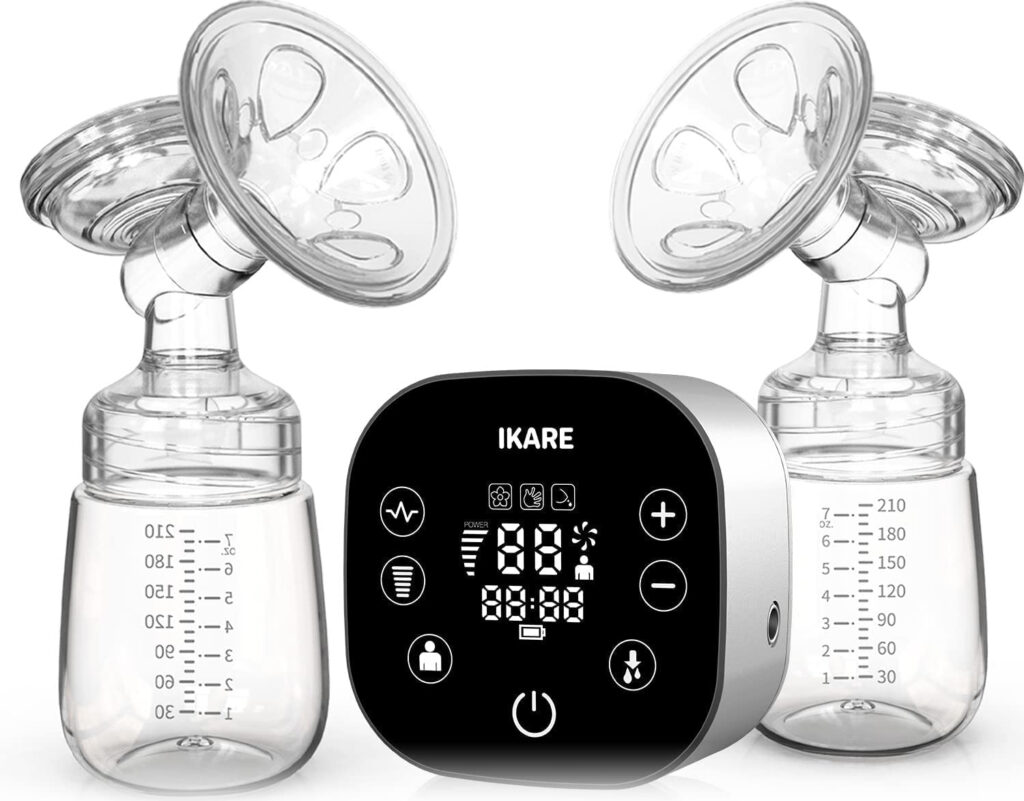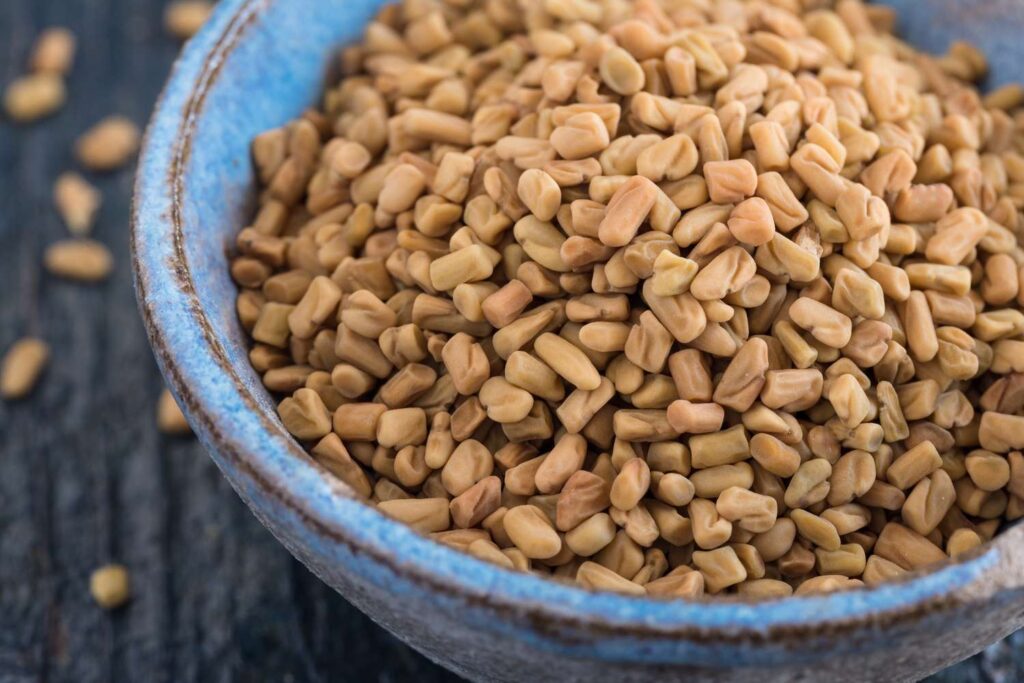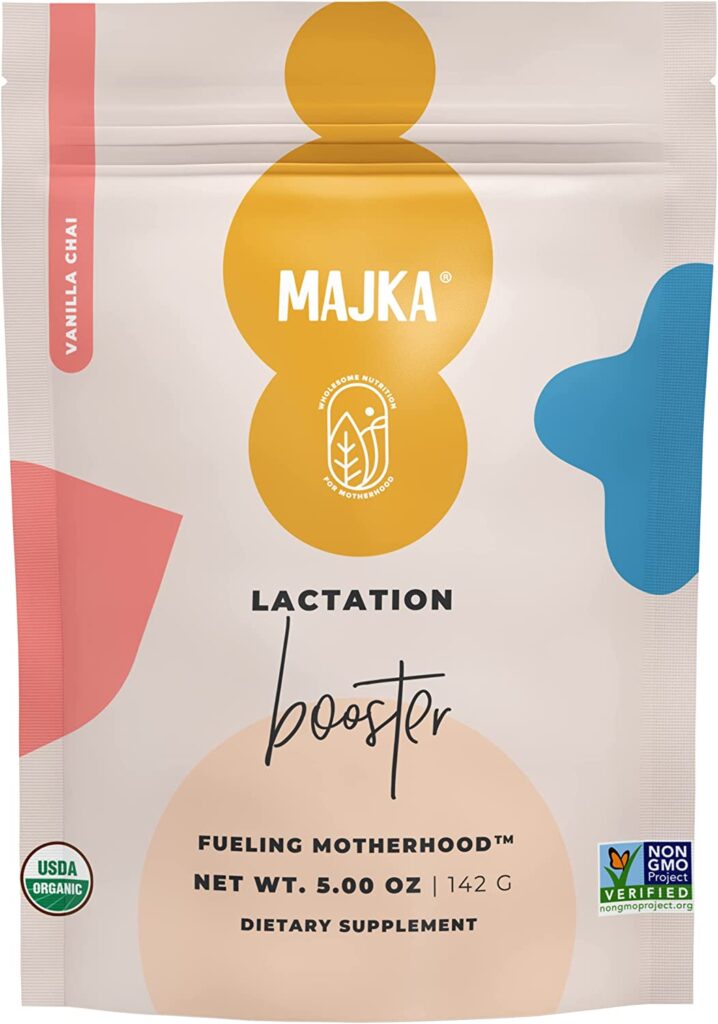Welcome to the world of breastfeeding, where time stands still, and the bond between mother and baby takes center stage. While many may often view breastfeeding as a timed event, which can only occur within a specific time after a child’s birth. The reality is breastfeeding is much more flexible.
This blog post seeks to reevaluate our understanding of breastfeeding timelines and unravel its complexity. We will explore societal norms and medical expectations shaping this breastfeeding journey. If you’ve been worrying about the appropriate time or are just curious to learn more about this complex subject matter – look no further.
Join us as we delve deeper into the complexity of breastfeeding, closely examining the factors that contribute to its launch and answering that all-important question, “When is it too late to start breastfeeding?” You might be amazed by our answer – buckle up because this one might surprise you! It’s time to dismantle the myth of the breastfeeding clock!
Understanding the Basics of Breastfeeding
For a legitimate understanding of “when is it too late to start breastfeeding,” it is essential that we first understand its fundamentals.
Breastfeeding is more than simply about food: it’s an intricate balance of hormones, instincts, and bonding that forms the initial foundations of mother-infant relations. Breastfeeding provides comfort, connection, and fosters maternal instinct by nurturing offspring.
The Symphony of Hormones
At the core of breastfeeding are two essential hormones: prolactin and oxytocin. Prolactin plays a crucial role in milk production by signaling mammary glands to produce milk after childbirth. This tireless hormone ensures that enough supply remains available whenever a baby nurses.
Oxytocin, commonly called the ‘love hormone,’ is essential in breastfeeding. This hormone aids in the expulsion of milk from the breasts. The release of oxytocin also facilitates smooth feeding while creating an atmosphere of trust and affection between mother and child.
Watch this short video to learn more about relactation.
Supply Meets Demand
One of the fascinating elements of breastfeeding is the concept of supply and demand. The more a baby nurses, the more milk the breasts produce in response to demand. This system ensures that their demands for breast milk are always met.
A 2006 Journal of Nutrition study demonstrated the dynamic nature of breast milk production. It indicates that even if breastfeeding doesn’t begin immediately after birth, its implementation can start later, and regular nursing or pumping can stimulate milk production.
Multiple scientific studies and anecdotal accounts support the concept of relaxation – restarting breastfeeding after an interruption. Mothers have successfully relactated weeks, months, or sometimes even years post-birth. Thus providing the answers to “When is too late to begin breastfeeding?.” Ultimately, what it comes down to is your circumstances, dedication, and professional support when considering when starting to breastfeed your infant.
Breastfeeding isn’t a rigid or time-bound process. Instead, it’s a flexible and adaptable system.
The Optimal Time to Start Breastfeeding
The Significance of the Golden Hour
Neonatal care experts often refer to the first hour after birth as the “Golden Hour.” This period is seen as ideal for initiating breastfeeding; newborns who are awake and instinctively seeking nourishment tend to latch and suckle more effectively during this period, according to health professionals. They recommend skin-to-skin contact to promote natural breastfeeding instincts during this timeframe.

The Journey to Full Milk Supply
But the Golden Hour is only the start. Achieve a full milk supply is a gradual, hormonally-driven sequence that may take days or weeks postpartum and features prolactin and oxytocin hormones which play vital roles. At this stage in pregnancy, your body prepares to meet the baby’s increasing demands and ensure they can provide ample nourishment from breast milk supplies.
Human Milk – A Testament to Adaptability
Human milk production is a fantastic feat of nature. Even after an initial delay, breastfeeding can still be established with proper support and guidance. Frequent nursing stimulates milk production; even if breastfeeding begins late, it’s still possible to establish an ample supply of breast milk.
Breastfeeding is all about flexibility; its success relies on meeting the unique needs of every baby while taking into account each other’s journey and personal circumstances. Thus, its implementation depends more on readiness and individual circumstances than a universally ideal time, so start this rewarding journey now!
Starting Late: How and Why
Breastfeeding is an individual experience, beginning at different times for each woman. Due to various reasons, some mothers might initiate breastfeeding weeks or months postpartum. This process of starting breastfeeding later is known as relactation or induced lactation. While relactation or induced lactation can be challenging, let’s explore why and how some mothers initiate it late with scientific insights and practical strategies.
Why Mothers Start Late: The Reasons
There may be numerous reasons for why some mothers begin breastfeeding later than expected; such as medical complications for mother or baby, lack of information or support at first, adoption decisions or a simple change of heart. Acknowledging these factors helps disprove the myth that breastfeeding must start immediately postpartum or not at all.

Practical Strategies for Inducing Lactation
Lactation/relactation requires both practical strategies and patience. Here are a few proven strategies that may assist with this endeavor.
– Frequent Breast Stimulation: Regular stimulation should take the form of nursing attempts or pumping sessions; aim to have at least eight stimulation sessions daily to maximize its effects.
– Skin-to-skin Contact: this contact can stimulate the release of breastfeeding hormones and encourage the baby to latch and suckle.
– Professional Assistance: Speaking to a lactation consultant or healthcare provider can offer personalized guidance and support, making the journey less daunting.
– Supplemental Nursing System: This system delivers additional breast milk (formula or donor breast milk) directly to a baby at their breast, stimulating their milk supply while providing essential nutrition at once.
Beginning breastfeeding late may seem daunting, but many mothers have successfully embarked on their journey. With proper support, information, and perseverance, it’s possible to establish breastfeeding and enjoy its unique bond-building benefits, even if starting late.

How to: Induce Lactation with a Breast Pump
Late breastfeeding can be an intimidating journey, but breast pumps have provided an effective tool to promote lactation. Numerous scientific studies have confirmed their role. Let’s explore the mechanics of inducing lactation with breast pumps and their scientific support.
The Science of Pumping
Before you start to pump, selecting the ideal breast pump is paramount. While individual mother needs will dictate which model is best, electric double pumps tend to be the most effective at inducing lactation due to their efficiency in mimicking the natural sucking rhythms of an infant.
Watch this short video to learn how to increase your breastmilk supply
Pumping Schedule: Frequency and Duration
Consistency is critical in inducing lactation. Studies recommend pumping at least eight-10 times every 24 hours, each session lasting 15-20 minutes or until all milk has been released from your breasts.
Techniques to Enhance Pumping Efficiency
While pumping alone may help induce lactation, specific techniques can boost its efficacy:
– Hands-On Pumping: A technique that combines breast massage and hand expression with pumping, as reported in the Journal of Obstetric, Gynecologic & Neonatal Nursing research. Studies conducted using this approach have proven it can produce more milk than pumping alone.
– Power Pumping: Imitating infants’ natural ‘cluster feeding’ pattern, power pumping involves one hour of intensive pumping – 20 minutes of pumping, 10 minutes off for rest – that signals your body to produce more milk.
– Skin-to-Skin Contact: Letting baby and mother touch one another before pumping can help stimulate milk-producing hormones and kick-start breast milk production.
Utilizing a breast pump to induce lactation can be an invaluable asset toward late breastfeeding. While it requires patience and perseverance, the rewards of bonding with the baby and the health benefits make it worthwhile.
Medical and Natural Interventions
Lactation stimulation during late breastfeeding may be achieved through various medical and natural interventions, from medications to natural remedies, each offering its own strategy for increasing milk supply. Let’s examine some of these interventions scientifically, such as popular herbs like fenugreek that help initiate lactation.
Medical Interventions: Galactagogues
A group of medicines, known as galactagogues are used to promote milk production. Domperidone, a medication originally designed to treat nausea, is also used as a galactagogue. A study published in the Journal of Human Lactation discovered this increased milk production.
Metoclopramide, another medication often prescribed for digestive conditions, has also proven its efficacy in increasing breast milk production in various studies.
Before taking any of these medications, it’s essential to consult a healthcare provider, as they may have adverse side effects.
Herbal Supplements: Fenugreek and More
Herbal supplements have long been utilized to increase milk supply. Fenugreek is one of the most well-known herbs used in traditional medicine for this purpose, and according to a study published by the Journal of Alternative and Complementary Medicine, it can significantly increase nursing mothers’ milk production.

Other herbs like blessed thistle, fennel, and milk thistle may also be utilized for their purported lactogenic benefits. However, their effectiveness varies according to the scientific evidence. You should always talk with a healthcare provider before use to ensure maximum safety.

Nutrition for Lactation
Diet is an integral component of supporting milk production. Although research remains scarce, some studies indicate that certain foods, such as oatmeal, barley, and quinoa, might possess lactogenic properties. Hydration also plays an essential role since fluid intake impacts milk volume.
Non-Pharmacological Techniques
Non-pharmacological techniques such as relaxation and visualization exercises may also contribute to successful lactation induction. According to one study published in the Journal of Psychosomatic Obstetrics & Gynecology, guided relaxation sessions may increase milk production.
Final Thought
In the end, breastfeeding is never too late to start. While there may be unique challenges along the way, with perseverance, strategies, and expert guidance, mothers can successfully initiate breastfeeding even after an unexpected delay. From understanding basic concepts like breastfeeding to inducing lactation with a breast pump or employing medical or natural interventions like transitioning from bottle to breast, each step is part of an incredible journey that strengthens bonds between mother and child.
Scientific evidence illustrates various methods to stimulate milk production and help babies accept breastfeeding even after becoming used to the bottle. Above all else, mothers must remember that every drop of breast milk provides essential nutrition for their baby, making every breastfeeding session a significant achievement.
Whether you are new to breastfeeding or looking to restart after taking a break, remember that with proper support and information, it is never too late to start!

